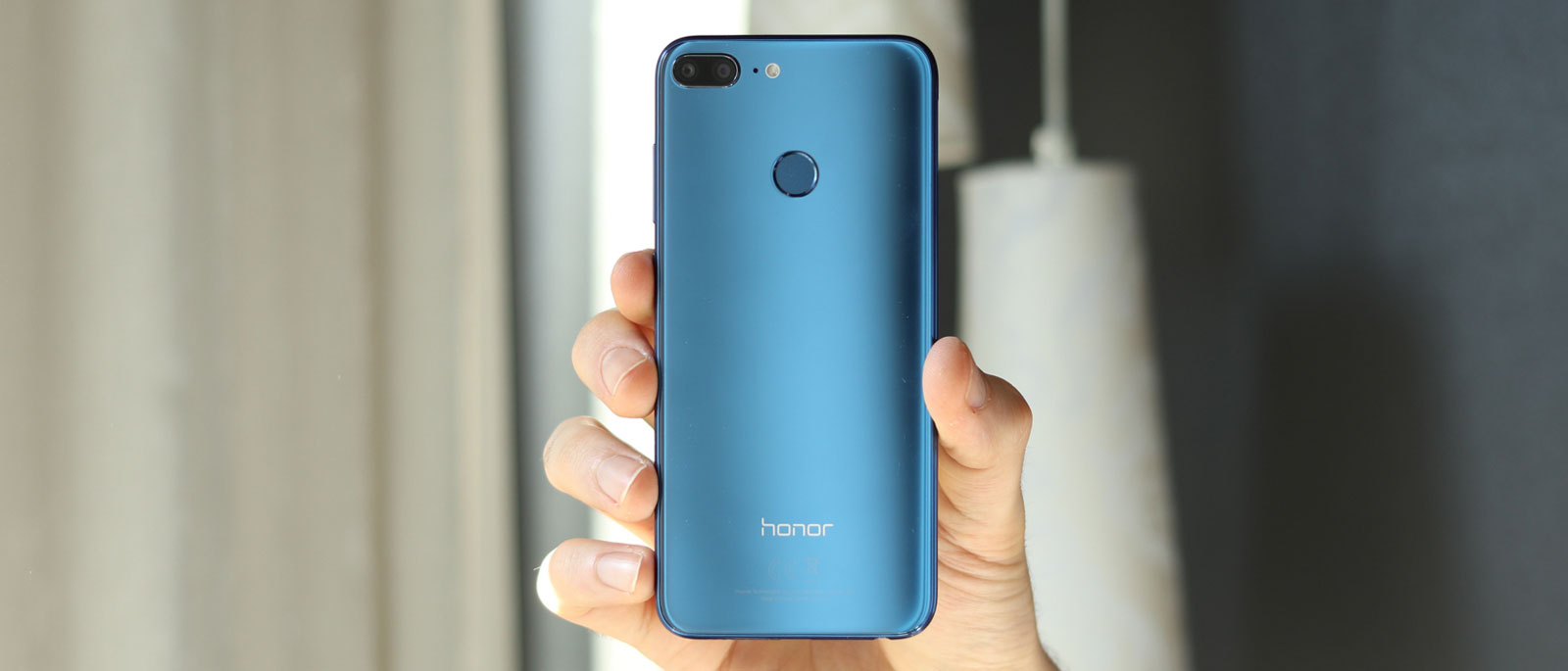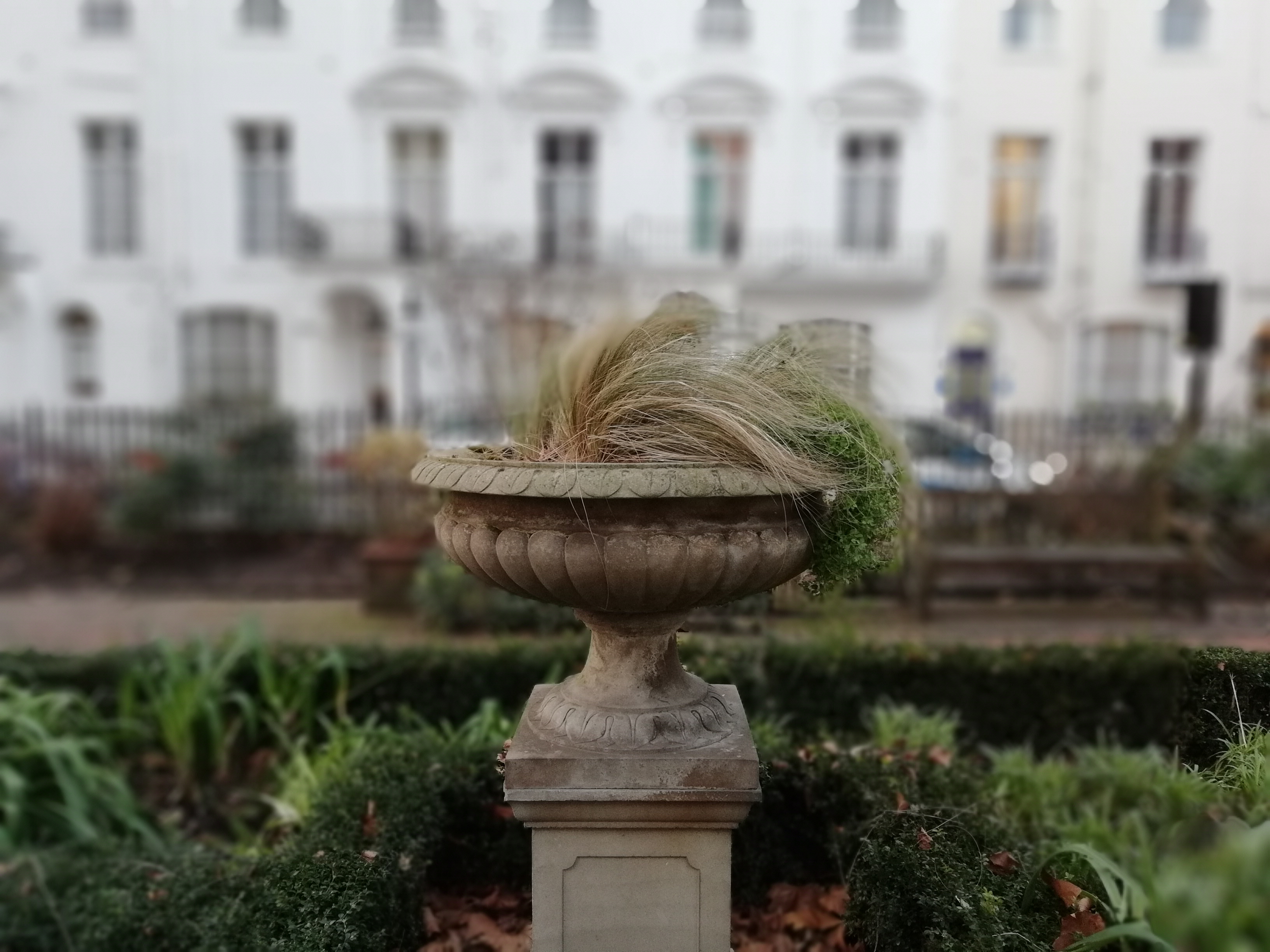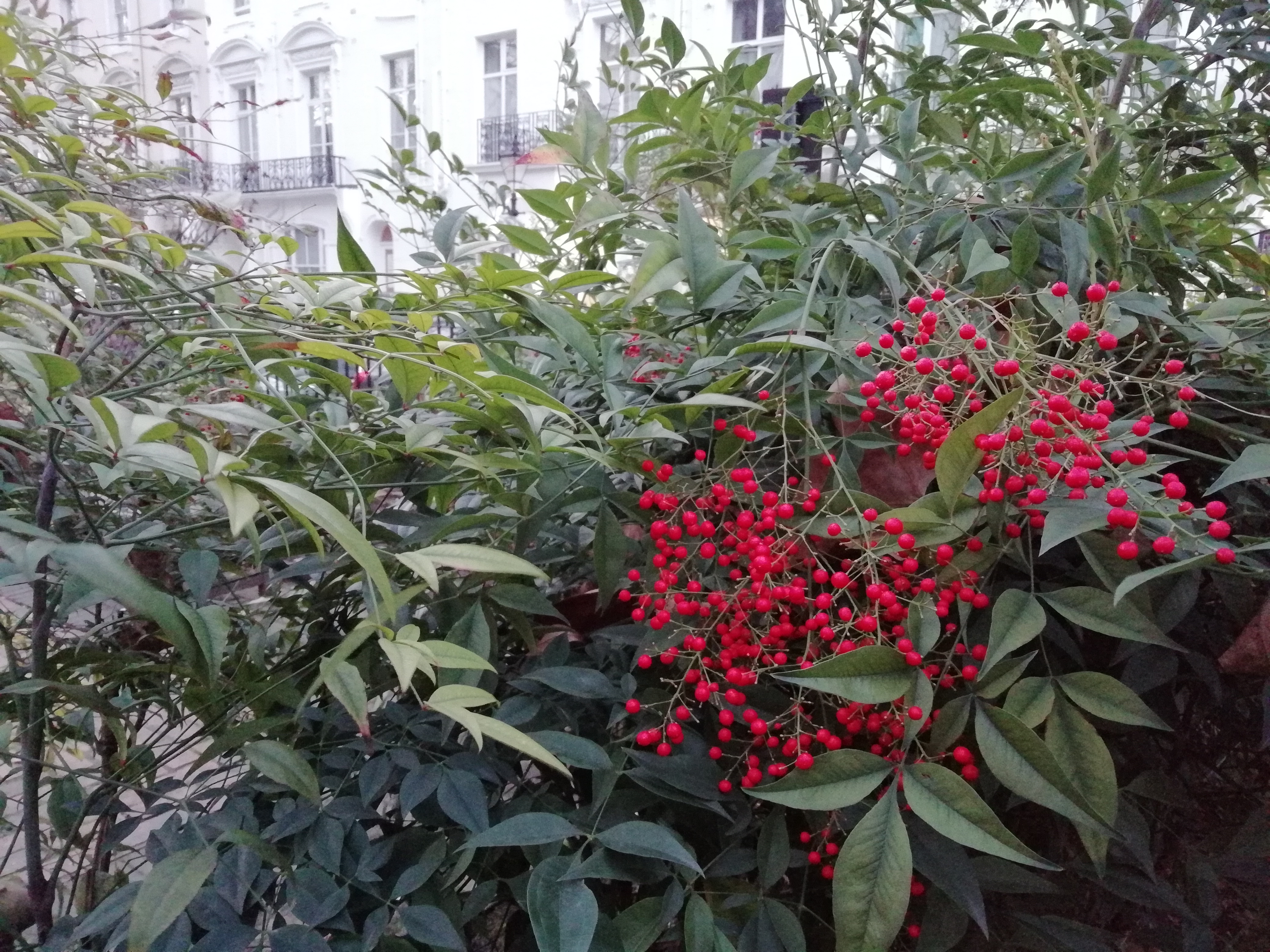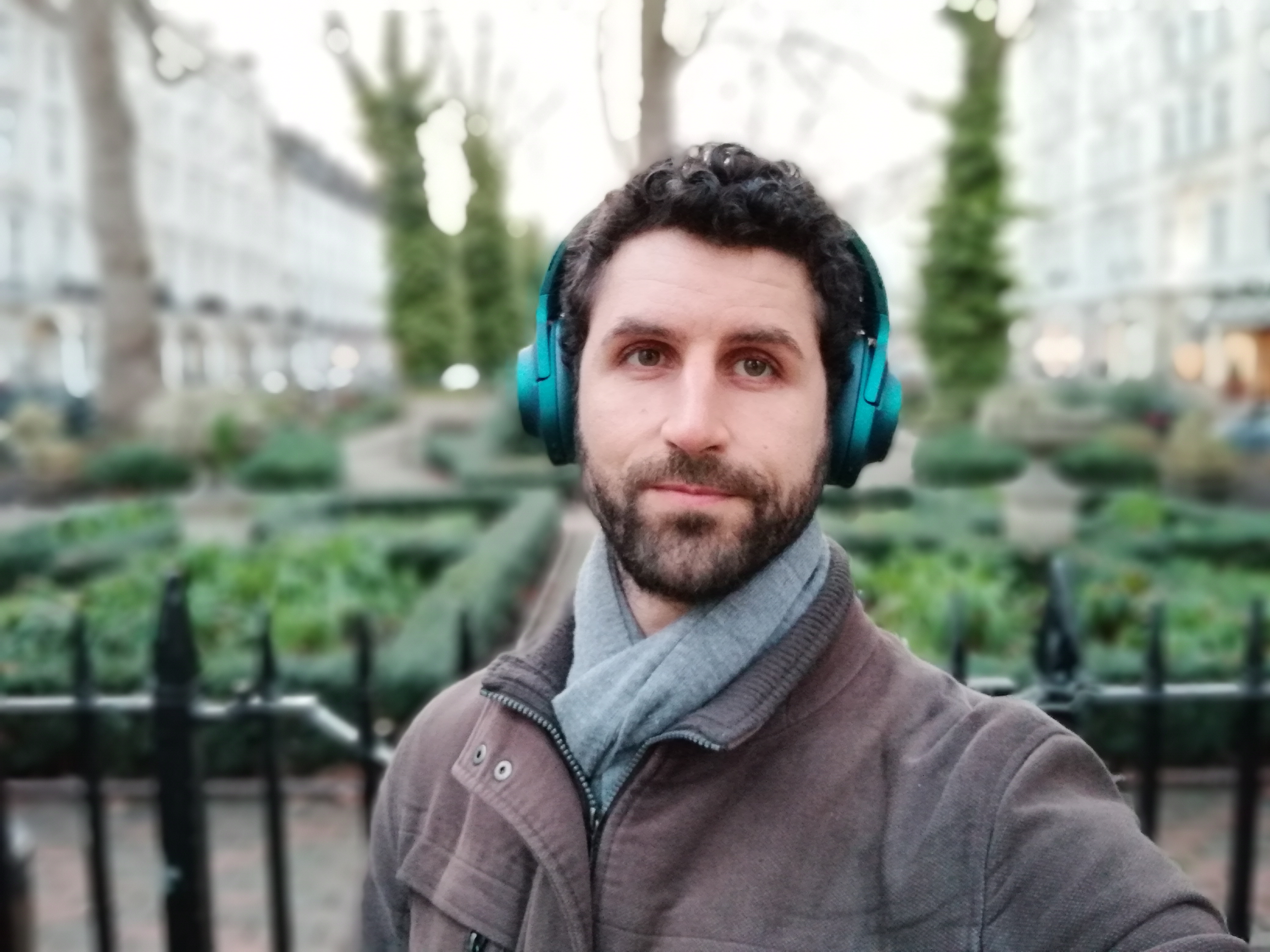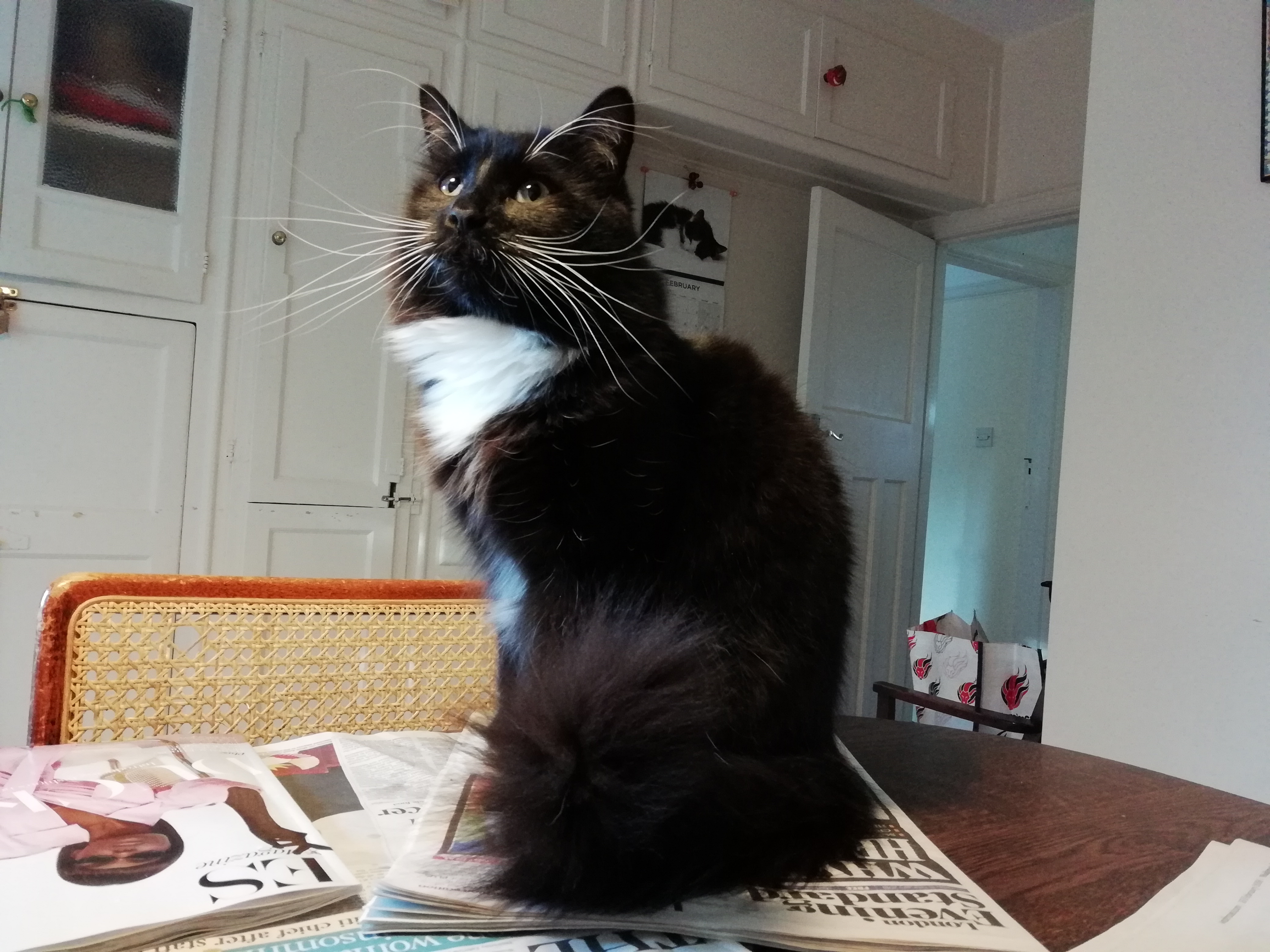Why you can trust TechRadar
Battery life
- 3,000mAh battery makes this a full-day phone
- Plenty of power-saving modes
Thanks in part to the Honor 9 Lite's undemanding 5.65-inch screen, the 3,000mAh of battery under the hood is ample if you're an average user looking for a one-day smartphone.
Power users might run dry in the evening, while light users may creep into a second day, making the 9 Lite's battery performance solid without being stellar. The phone scored 76% in our screen-on battery test, which is average for a phone with such a bright display.
What's especially good about the Honor 9 Lite, and specifically EMUI 8, are the battery optimisation options within the settings.
These range from small tweaks, like adjusting the output resolution, through to an extreme power-saving mode, which disables most of the phone's smart functions in order to eke out as much battery life as possible.
It's worth noting though that the Honor 9 Lite doesn’t support fast charging, so you'll want to charge it overnight when possible.
Camera
- Strong selfie camera and plenty of shooting modes
- Mediocre low-light performance
Both the front and rear cameras on the Honor 9 Lite are dual-lens setups consisting of one 13MP and one 2MP sensor. While the front camera has a wider aperture, to help with those low-light selfies, the rear camera has more shooting modes.
The selfie camera is a lot of fun. Thanks to the fact that you have two cameras you can blur out backgrounds and keep yourself - and anyone else - in the foreground sharp – and as the camera packs Huawei's time-honoured Aperture mode, the background defocus can be adjusted after you take a shot, giving you maximum control over the degree of blur.

This works well, especially in well-lit medium-contrast environments. For low-light scenes, meanwhile, the Honor 9 Lite's screen flash saves the day, provided you're no more than an arm's length away from the phone; any further and you'll be a murky blob of nondescript grain.
The same is true if you opt to keep the flash off – in low-light and high-contrast situations shots have noticeable grain and middling-to-low dynamic range.
Shooting modes on the front camera include panorama, time-lapse and filter, the latter overlaying Instagram-esque effects on your shots. It can also shoot Full HD video, again putting it on a par with the rear camera.

We would normally expect more from a rear camera than from a front one, and this is where the Honor 9 Lite may disappoint more discerning photographers. Photos and videos from both cameras pack similar amounts of grain across lighting conditions.
The dynamic range in high-contrast images shot on the rear camera is poor, in dark areas in particular, with no auto HDR kicking in. And even when HDR is enabled there's visible grain even in decent light, although HDR mode is more sympathetic to the tonal nuances of a scene than auto, so we'd recommend keeping it in mind.

For any enthusiasts, the low-light performance isn't a deal-breaker, as Honor offers a range of modes that extend the shutter speed to up to eight seconds. Even with its mediocre sensor, by dropping the ISO and putting the phone on a surface or mobile tripod you can still get some stunning shots, and even a light painting or two.
Full HD video is recorded at 30 frames per second, but there's no slow-motion option available. There are also full manual modes across photo and video, plus HDR, panorama, light painting, time-lapse and more.
So while the Honor 9 Lite isn't the best camera for the price – the Moto G5 Plus edges ahead in plain automatic mode – for enthusiasts it’s a great choice, with more shooting modes than the competition.
Camera samples
You can find a range of camera samples below. The first four shots illustrate what you can expect from the aperture and auto modes in good lighting.
The fifth photo is an example of the front camera's bokeh effect while the last photo illustrates indoor performance. As you can see, daylight results look good enough, but when the lights drop to an indoor level, even before you get to low light, detail drops and grain creeps in.
Current page: Battery life and camera
Prev Page Introduction, design and display Next Page Anything else I should know?Basil Kronfli is the Head of content at Make Honey and freelance technology journalist. He is an experienced writer and producer and is skilled in video production, and runs the technology YouTube channel TechEdit.
